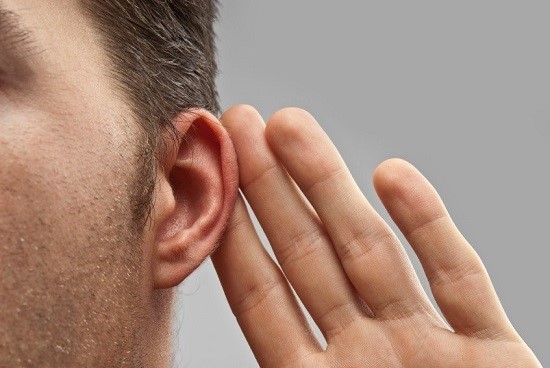
To say that hearing loss is widespread is somewhat of an understatement. In the US, 48 million people report some extent of hearing loss. Meaning, on average, for every five people you meet, one will have hearing loss. And at the age of 65, it’s one out of three.
With odds like this, how do you prevent becoming one of those five?
To help you understand how to conserve healthy hearing all through your life, we’ll take a closer look at the causes and types of hearing loss in this week’s article.
How Normal Hearing Works
Hearing loss is the interruption of normal hearing, so the best place to get started is with a familiarity of how normal hearing is supposed to work.
You can think of normal hearing as consisting of three chief processes:
- The physical and mechanical conduction of sound waves. Sound waves are created in the environment and move through the air, like ripples in a lake, eventually making their way to the external ear, through the ear canal, and ultimately striking the eardrum. The vibrations from the eardrum are then transmitted to the middle ear bones, which then stimulate the tiny nerve cells of the cochlea, the snail-shaped organ of the inner ear.
- The electrical conduction from the inner ear to the brain. The cochlea, once stimulated, converts the vibrations into electrical signals that are delivered via the auditory nerve to the brain.
- The perception of sound in the brain. The brain perceives the electrochemical signal as sound.
What’s interesting is that what we perceive as sound is nothing more than sound waves, oscillations, electricity, and chemical reactions. It’s an entirely physical process that leads to the emergence of perception.
The Three Ways Normal Hearing Can Be Interrupted
There are three main types of hearing loss, each disrupting some part of the normal hearing process:
- Conductive hearing loss
- Sensorineural hearing loss
- Mixed hearing loss (a mix of conductive and sensorineural)
Let’s take a look at the first two, including the causes and treatment of each.
Conductive Hearing Loss
Conductive hearing loss impedes the physical and mechanical conduction of sound waves to the inner ear and cochlea. This is brought on by anything that obstructs conduction.
Examples include malformations of the outer ear, foreign objects inside of the ear canal, fluid from ear infections, pierced eardrums, impacted earwax, and benign tumors, among other causes.
Treatment of conductive hearing loss includes removing the obstruction, dealing with the infection, or surgical correction of the malformation of the outer ear, the eardrum, or the middle ear bones.
If you have conductive hearing loss, for example from impacted earwax, you could possibly begin hearing better immediately after a professional cleaning. With the exception of the more serious kinds of conductive hearing loss, this type can be the simplest to treat and can bring back normal hearing completely.
Sensorineural Hearing Loss
Sensorineural hearing loss interferes with the electrical conduction of sound from the inner ear to the brain. This results from injury to either the nerve cells within the cochlea or to the auditory nerve itself.
With sensorineural hearing loss, the brain is provided with compromised electrical signals, decreasing the volume and quality of sound.
The primary causes of sensorineural hearing loss are:
- Genetic syndromes or fetal infections
- Typical aging (presbycusis)
- Infections and traumatic injuries
- Meniere’s disease
- Cancerous growths of the inner ear
- Side effects of medication
- Sudden exposure to exceedingly loud sounds
- Long-term subjection to loud sounds
Sensorineural hearing loss is most often associated with direct exposure to loud sounds, and so can be protected against by keeping away from those sounds or by shielding your hearing with earplugs.
This form of hearing loss is a little more challenging to treat. There are no existing surgical or medical procedures to repair the nerve cells of the inner ear. However, hearing aids and cochlear implants are extremely effective at taking on the amplification responsibilities of the nerve cells, producing the perception of louder, crisper sound.
The third type of hearing loss, mixed hearing loss, is simply some combination of conductive and sensorineural hearing loss, and is treated accordingly.
If you have any struggle hearing, or if you have any ear pain or dizziness, it’s a good idea to talk to your physician or hearing professional as soon as possible. In virtually every instance of hearing loss, you’ll get the best results the earlier you deal with the underlying issue.